By Albert Oppong-Ansah
Accra Nov. 15, GNA – Suleman Abdullah is no longer worried about the continuous maize yield decline because dry seasoning vegetable farming is compensating.
The Saboba based 60-year-old farmer has witnessed nearly 60 per cent drop in harvest due to dry spells and sometime, floods, all his life.
“Just last two years, my one and half acre maize farm gave me only 200 kilograms instead of the average 1000 kilograms. This was a big challenge because that was not going to sustain my family,” he says.
That burden has been lightened, Suleman sighs, explaining that testimony by another farmer convinced him to join the Gawu group, a farmer group engaged in dry season vegetable farming using water from a community dugout.
“Proceeds from my first two harvest of jute leaves (ayoyo), a popular leafy green vegetable, bought me four 400 kilograms of maize and that was a huge relief, ” the father of four tells the Ghana News Agency (GNA).
Another farmer, Madam Kanade Mahama, lost her produce to flood a couple of years back.
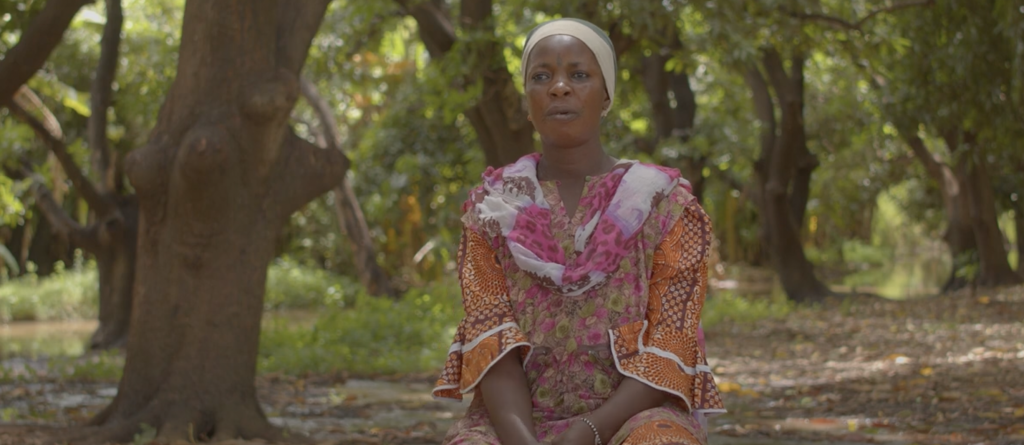
With some initial hesitation, she accepted the lifeline opportunity to be part of the dry season vegetable group to work and earn a living.
“I am now a full-time vegetable farmer, trader and consumer. This has improved the health of children because I have made vegetables an important part of our meals,” the mother of three, says.
Suleman and Kande are just two of the many smallholder farmers in Ghana and Africa whose livelihoods have been impacted by the climate crisis.
The losses of these two farmers and other hundreds are not farfetched because the World Bank Group 2022 Country Climate and Development Report (CCDR) for Ghana projects that income could reduce by up to 40 per cent for poor households by 2050.
Suleman, Kande, and other 720 beneficiaries from 46 communities in the five districts of the northern region are thriving in the midst of the crisis.
A lifeline has been offered them through the inclusive growth and employment component of the Empowerment for Life (E4L) Programme implemented by Changing Life in Innovative Partnerships (CLIP) funded by Civil Society in Development (CISU) through Ghana Friends, both in Denmark.
Other farmers in Mion, Saboba, Karaga, Savelugu and Kumbungu under the Empowerment for Life Programme have benefited from different models to build their resilience to the changing weather conditions.
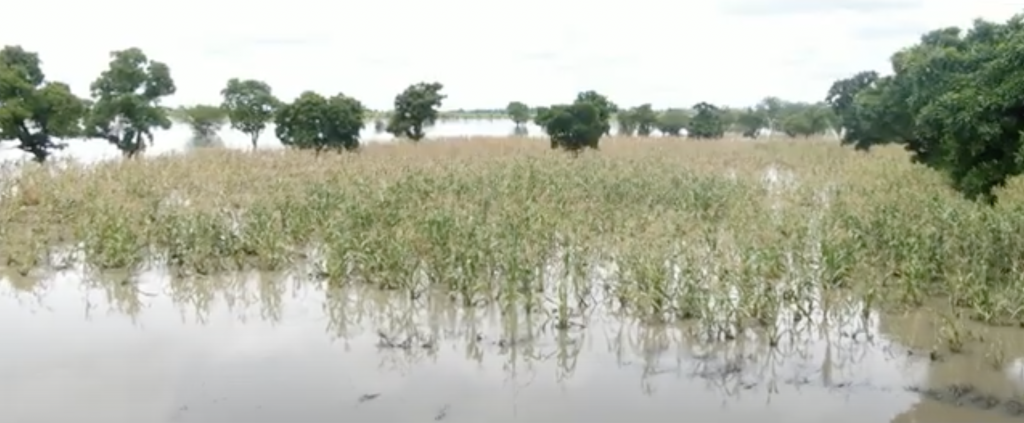
Per the rainfall distribution, farmers in the northern part of Ghana have only a season of tilling their land while those in the southern have major and minor seasons.
Historical data of the temperature and rainfall studies show that the northern ecological zone has seen a considerable level of change making the part of the country more vulnerable, Dr. Antwi Boasiako Amoah, the Acting Director, Climate Vulnerabilities and Adaptation, Environmental Protection Agency (EPA) tells GNA.
“A vulnerability assessment indicates that temperature is rising and rainfall patterns are not reliable making it difficult to predict. It is the people at the communities that are facing the brand of climate change,” he says.
Dr Amoah who works at the country’s Technical Coordination Institution for climate change says more funds are needed to undertake local vulnerability and needs assessment of the changing weather, a planetary issue threatening human existence.
In Ghana, Climate crisis is likely to push at least one million more people into poverty due to shocks, if urgent climate actions are not taken in about two decades
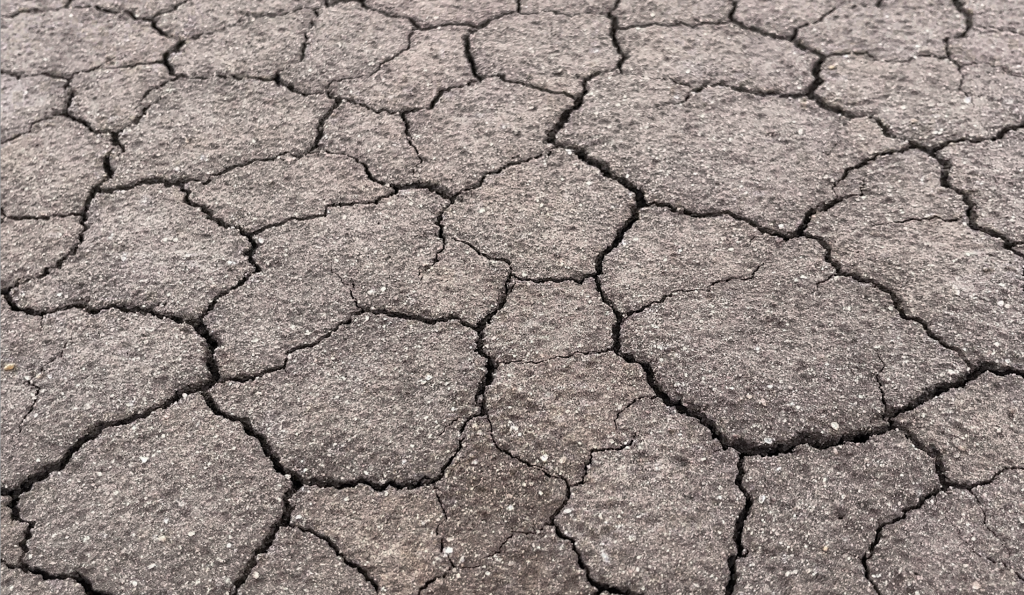
(CCRDC).
The World Bank report suggests that adopts an integrated approach to agriculture and environmental management by fostering integrated landscape management, promoting climate-smart agriculture, and supporting adaptation of communities.
Mr Abdallah Mohammed, the Technical Advisor for Food Security, Livelihoods and Business Development for Clip, says the intervention was necessitated by the fact that nine out of ten persons in northern Ghana is a farmer and the farming system is rainfed.
He explains that the project began with a vulnerability assessment at the selected districts to ascertain the resource availability and needs of the locals and was followed by pilots of the different models.
For instance, in the Sanguli community, a water source is supported with the necessary irrigation accessories, including pumps to draw water to farm vegetables not only for the dry season, but all year round, he says.
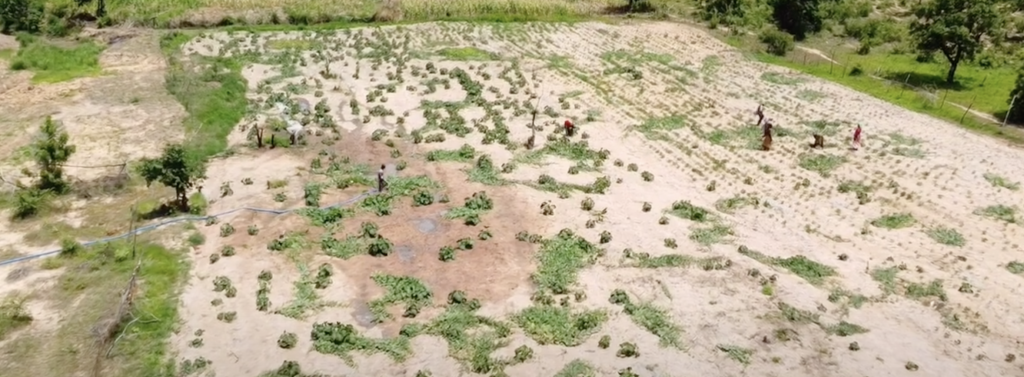
The project established a cage fish farm where fingerlings are stocked and farmers trained on how to feed them.
In order to sustain the programme, the project supports the farmers to set up a revolving fund from the sales to maintain the facilities. Officers are available to provide the necessary technical support to beneficiaries.
Other climate resilient interventions for farmer groups, Mr Mohammed says, include honey production, and provision of ruminants.
“Those who received the ruminants were also exposed to concept of integrated farming system where they used the crop residue to feed their animals and used the animal droppings to fertilise their farms. ”
The E4L Programme, he says, also introduced the groups to the Village Savings and Loans scheme, which helps the groups to save and borrow from it for economic ventures and in difficult times especially when they lose their produce to drought or flood.
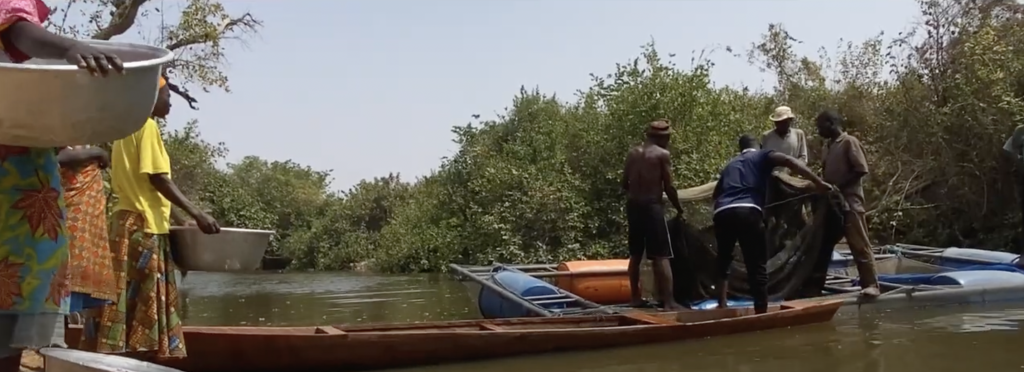
Under the E4L Programme, youth environmental brigades were formed and trained to carry out community sensitisation on climate change and activities, its impact and mitigation and adaptation measures.
The brigades mobilise the communities to plant trees leveraging the Ghana government’s Green Ghana Project for seedlings.
Mr Daniel Kwame Debrah, Research Forester and Coordinator of the GLFx Bawku chapter, headquartered in Northern Ghana, agrees with the project models and expresses the hope such initiative is upscaled.
He says climate effects, including higher temperature and heat stress as well as erratic rains are already affecting crop and labour productivity, but not much is being done by state and non-state actors to build resilience of smallholder farmers.
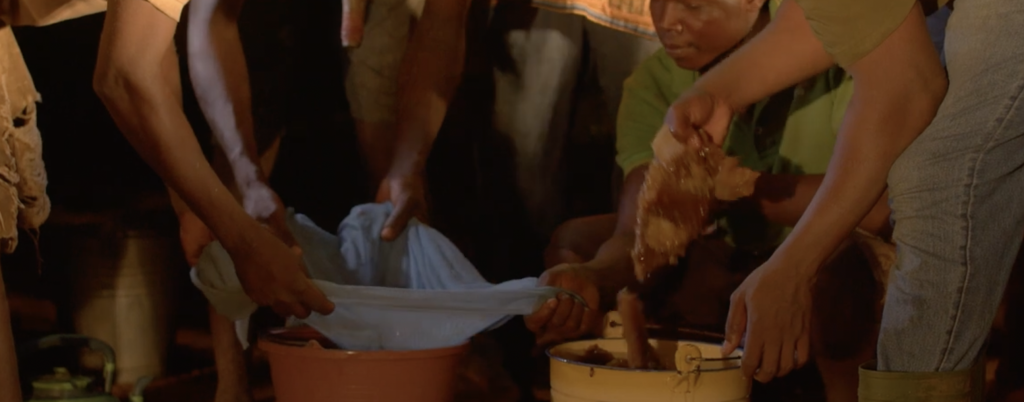
“The government started the Planting for Food and Jobs initiative which supports farmers with inputs like fertilizer. While that is good, the choice of chemical fertilizer is a bad idea because the soil is poor in the north and organic will have been a better alternative,” Mr Debrah says.
He is pushing for a co-creation of climate smart technology taking into consideration indigenous agriculture knowledge to help local communities, especially farmers.
Mr Debrah, who is working with the community and other organisations to restore the landscape, for example, growing native species along riverbanks and farms, says there are many more Suleman and Kande’s who need opportunities to support sustainability in the midst of the climate crisis.
GNA